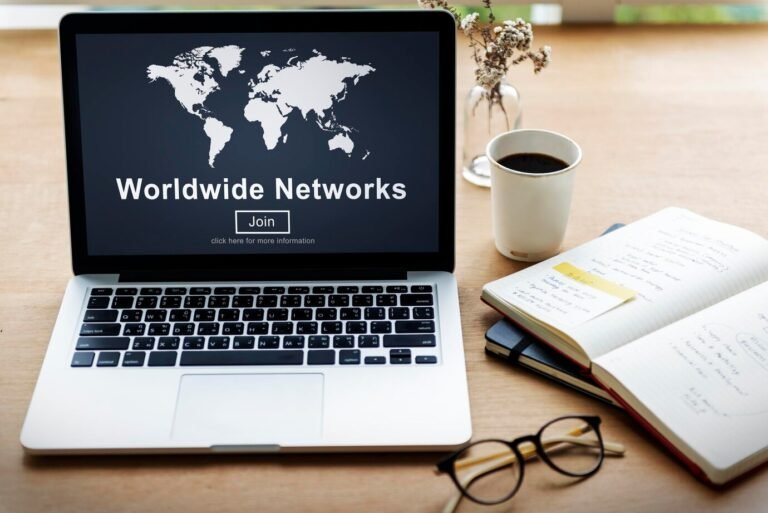
Introduction:
In the ever-evolving digital landscape, we find ourselves immersed in a reality stitched together by ones and zeros. But what happens when the very threads that connect us begin to fray? SeveredBytes isn’t just a poetic phrase—it encapsulates the modern dilemma of a world that thrives online, yet grows increasingly disconnected on a human level. This article explores the cracks forming beneath our virtual utopia: the fragmentation of identity, data overload, and the illusion of connection. Welcome to the online world—fractured, yet addictive; fast, yet isolating. Welcome to online world SeveredBytes.
1. Digital Identity: Fractured Reflections
In the physical online world severedbytes identity is often shaped by our history, personality, and interactions. Online, however, identity is fluid—curated, filtered, and fragmented across platforms. One person may maintain a professional persona on LinkedIn, a humorous tone on Twitter, and a vulnerable side on a personal blog. This multiplicity can be empowering, allowing for self-expression in ways real life may not permit, but it also risks diluting authenticity. The constant switching between roles can lead to internal dissonance, making it harder to recognize who we truly are beneath the digital mask. As our lives become more enmeshed with the online world, we must ask ourselves: are we shaping our profiles, or are they shaping us?
2. Connection or Illusion? The Myth of Being “Always Online”
The internet promised us connection—limitless, instant, global. And in many ways, it delivered. We can video call across continents, share moments in real-time, and access thoughts from minds we’ll never meet in person. But in this hyper-connected state, many feel lonelier than ever. Relationships become transactional, conversations are often reduced to emoji-laden snippets, and the pressure to perform or “be seen” digitally leaves little room for genuine intimacy. The irony is hard to ignore: while we’ve never been more connected by bandwidth, we’ve never felt more emotionally severed. SeveredBytes represents this gap—the lost substance in the flood of signals.
3. Data Overload and the Collapse of Attention
We scroll endlessly, absorb headlines without depth, and let notifications direct our focus like flashing neon signs. The human brain wasn’t built for this volume of input. In this digital age, attention has become a currency—one mined ruthlessly by platforms engineered for engagement. As a result, deep thinking is pushed aside in favor of instant gratification. This constant sensory stimulation fragments our ability to focus, replacing contemplation with consumption. The online world has become a storm of SeveredBytes—pieces of data disconnected from their deeper meaning, swirling in a chaotic digital feed that leaves us overstimulated but undernourished.
4. The Algorithmic Trap: Personalized, Yet Impersonal
Algorithms are designed to show us what we “want” to see, based on our past clicks, likes, and behaviors. While personalization can improve user experience, it also creates echo chambers—digital bubbles where dissenting opinions are filtered out, and confirmation bias runs wild. This narrowing of perspectives erodes critical thinking and fosters division. Moreover, our online experience becomes less about exploration and more about manipulation. It’s a subtle severance: the illusion of choice in a space curated for control. Behind every click lies a complex web of algorithms pulling the strings, reducing our agency to predictive patterns and monetized behavior.
5. The Path Forward: Reclaiming Digital Humanity
All is not lost. The same digital tools that fragment can also be used to rebuild. Mindful use of technology, digital minimalism, and conscious content creation can help restore the balance. Communities rooted in real conversation, platforms that prioritize well-being over profit, and education that fosters digital literacy are crucial to healing the wounds of SeveredBytes. It’s about shifting from passive consumption to active participation. The future of the online world doesn’t have to be one of disconnection—it can be one of thoughtful, intentional interaction, where bytes are not severed, but purposefully linked to meaning and connection.